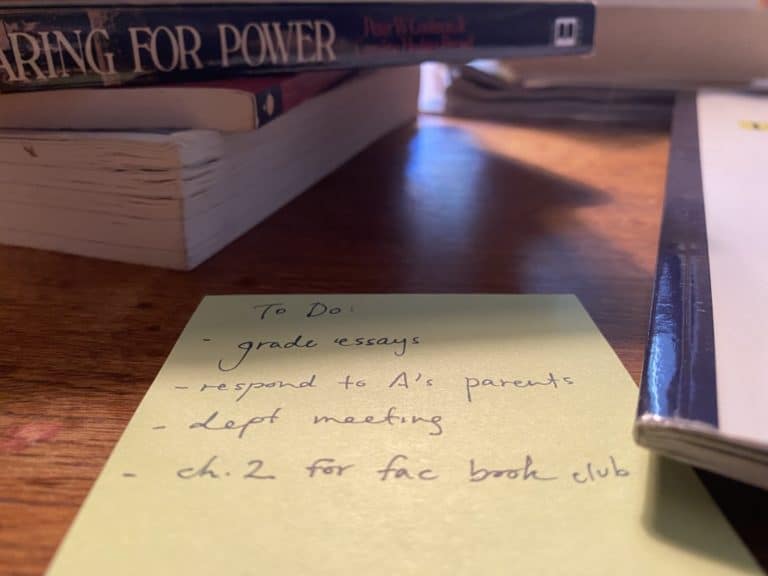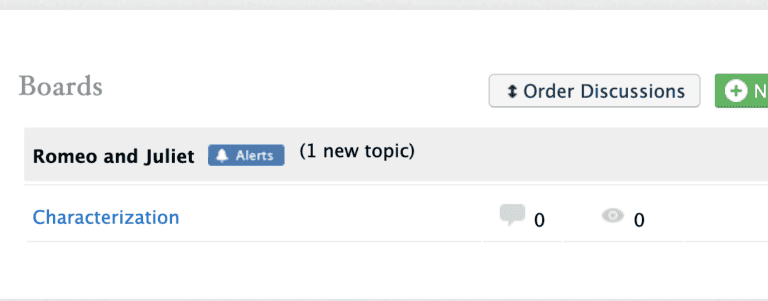Critical Consumption Beyond the Syllabus
Consumption, polarization and identity politics—below I explore sources that emphasize the importance of transferring literary analysis inside the classroom to critically examine the world around us.
Book Naomi Klein, No Logo: No Space, No Choice, No Jobs Klein’s deep dive into the evolution of branding and consumerism leading towards the 21st century lays groundwork for conscientious consumerism. Published in 1999, Klein’s projections for brand development ring true today. The days when brands sold a simple product for its function to the consumer are gone. American consumers are being sold a packaged set of ethics instead. You no longer purchase a white-T as a staple for your closet based on its function alone; rather, your purchase must be both environmentally conscious—organically grown, zero waste production, recyclable packaging—and morally scaled—ethically sourced labor, safe working conditions, proceeds towards charitable causes. We recommend this text for the way it makes us ask questions about how separate entities influence our decisions and challenge previously held convictions. We think that this skepticism can transfer over to the classroom in analyzing primary sources, dissecting classic novels, and convincing an audience of your argument.
Book Cass Sunstein, #Republic: Divided Democracy in the Age of Social Media Sunstein examines America’s democracy in the advent of social media. He discusses how group polarization presents itself in our online world. In a ‘Deliberation Day’ experiment, both self-identified conservatives and liberals engaged in political discussion in their prospective groups. The longer each group sat in discussion, the more likely individuals were to agree on policy stances and the more extreme group beliefs became. Sunstein raises that social media platforms, such as Twitter, Reddit and now TikTok, act as echo chambers for our individual beliefs. We love this source for the way it illuminates how perspectives can shift depending on where conversations occur and who participates. It adds an additional perspective to the conversation on how to create a classroom of belonging for students. Do said classrooms inhibit open-mindedness and solely reflect a stream-lined perspective? Can teachers foster classroom belonging without creating echo chambers for the loudest voices?
Movie Jeff Orlowski, Social Dilemma Netflix’s Social Dilemma targets big tech and their engagement algorithms to cast foreshadowing of a dystopian future at the hands of companies like Facebook and YouTube. The documentary pulls back Oz’s proverbial curtain on the social media business model, in which the user is the product. Spending hours down the ‘YouTube rabbit hole,’ the docudrama shows, exposes users to advertisements generating revenue for the platform. Companies profit off of the passive engagement—YouTube AutoPlay function—and push users to extreme corners of the internet. Social Dilemma is a great, if not exaggerated, source to kickstart conversation amongst educators about the hold media can have on students. It sets a precedent, now more than ever, to make students discerning, empowered consumers of the voices around them in a world that is rigged to control their visions of it.




